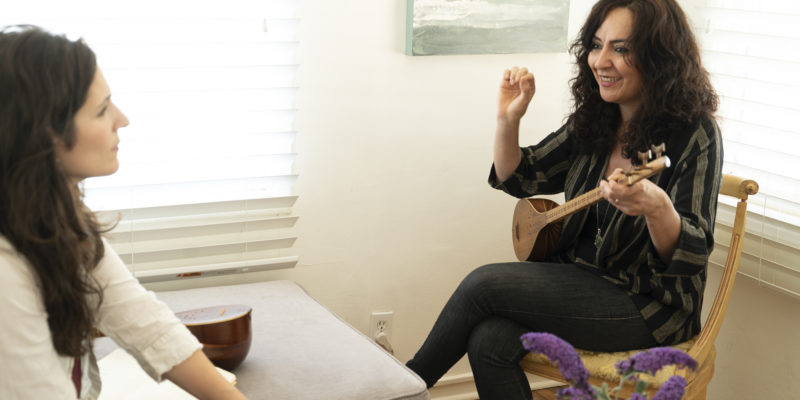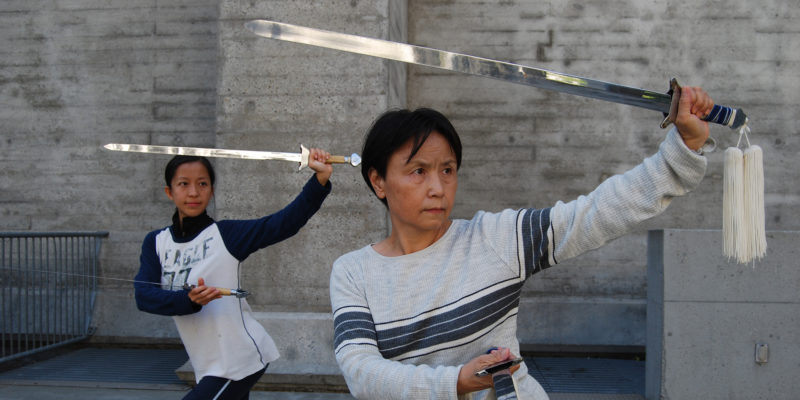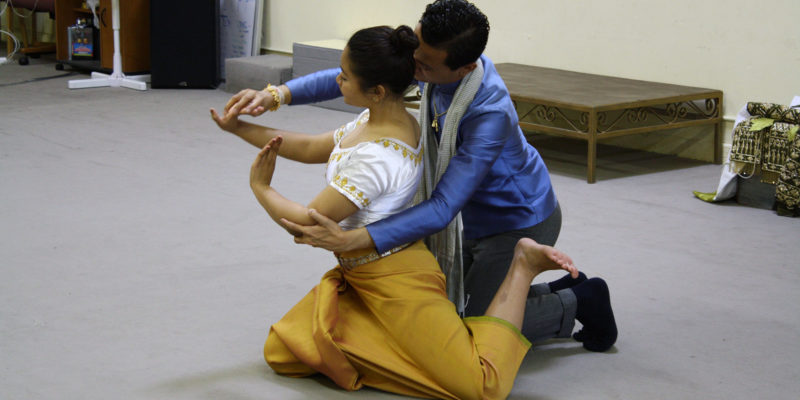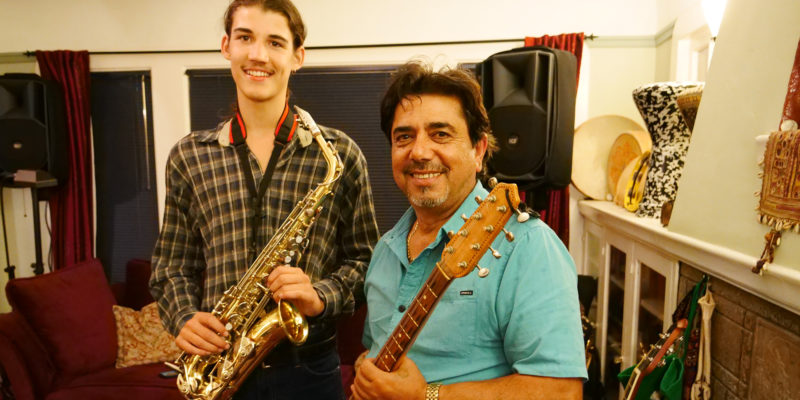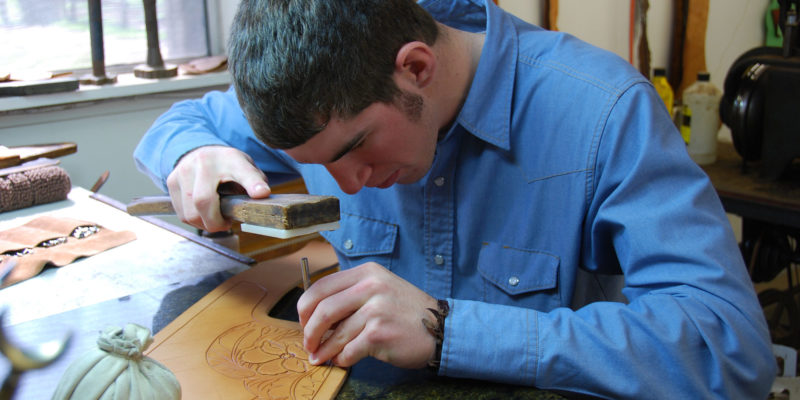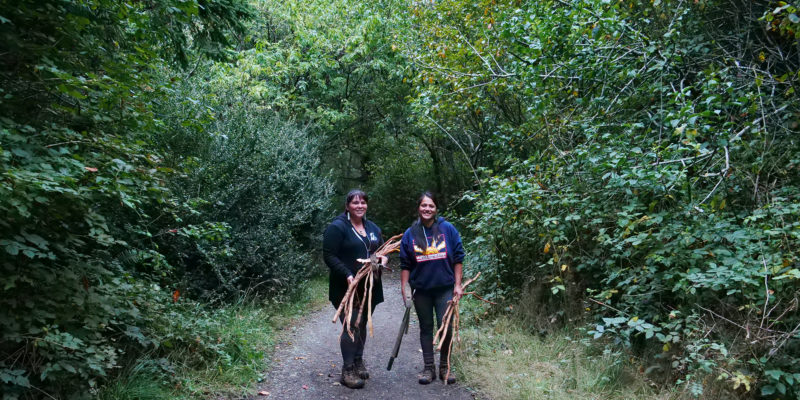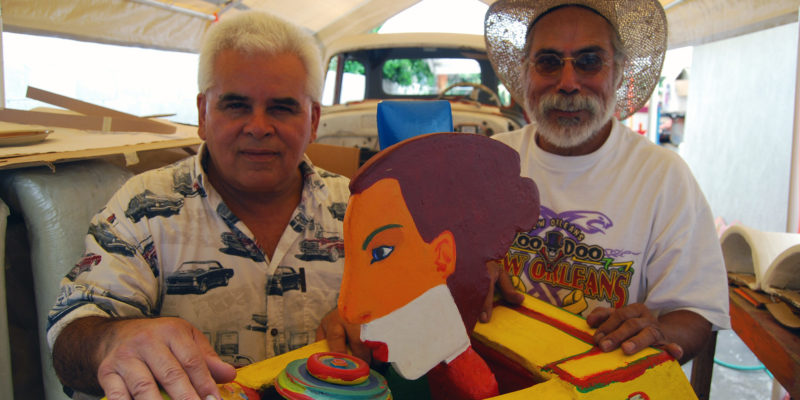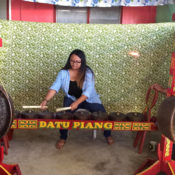Apprenticeship Program Guidelines
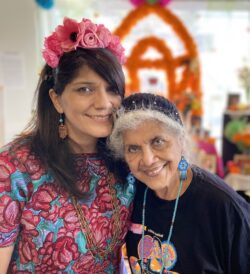
The Alliance for California Traditional Arts (ACTA) Apprenticeship Program encourages the continuity of the state’s traditional arts and cultures by contracting mentor artists to offer intensive, one-on-one training* to eligible apprentices.**
Each contract will support a period of concentrated learning for apprentices who demonstrate a committed engagement with, and a talent for, a specific traditional art form or practice.
If selected, ACTA enters into a contract with the mentor artist and apprentice to implement the work plan proposed in the application. The apprenticeship program period may last between six months to one year, in which ACTA staff will work closely with the apprenticeship pair to gauge and document progress and offer assistance and support.
Upon agreeing to the contract the apprenticeship pair will be required to go through an orientation. Near the mid-point of the apprenticeship period, a site visit will be scheduled in which ACTA staff documents the apprenticeship sharing through video recording and photography. The resulting materials become part of ACTA’s permanent archival collections, which is open to the public for educational purposes. Each apprenticeship team will be required to organize a public presentation (performance, exhibit, lecture demonstration, online sharing, etc.) in consultation with ACTA staff in order to share the results of their intensive learning cycle. We ask that each apprenticeship pair implement a survey at their public sharing, which ACTA will provide. Finally, submitting written evaluations of the mentor and apprentice’s experiences completes the requirements of the Apprenticeship Program contract.
* In some artistic traditions, a one-on-one mentor-apprentice partnership may not fit the framework of the tradition. In specific cases, such as ensemble traditions, other models may be more effective. Please contact us to discuss proposals involving such alternatives before applying.
**Apprentices applying for this program should already have a background in the artistic tradition as a practitioner.
Contracts of $5,000 will be made with California-based mentor artists to cover mentor artist’s fees, supplies, and travel.
The apprenticeship must total at least six months from the beginning of the contract period, but may last up to one year, depending on the conditions of the particular mentorship.
The 2024 Apprenticeship will support activities between July 1, 2024 and June 30, 2025. The 2024 online application period has closed.
A mentor artist is someone who is recognized as an exemplary practitioner of a traditional art form by their community and peers. An apprentice is someone who learns from a mentor artist. Prospective apprentices should demonstrate an intention to enhance their established skills and cultural understanding of the art form by working with a mentor artist. The mentor artist and apprentice must apply together with a mutual desire to work with each other.
Traditional arts are those art forms that are transmitted and engaged as part of the cultural life of a group of people whose members share a common heritage, language, religion, occupation, or region. These expressions are deeply rooted in and reflective of a community’s shared standards of beauty, values, or life experiences. Traditional arts are often passed on from one generation to the next and express a collective wisdom, rather than an exclusively unique personal aesthetic.
Some traditional art forms have been brought to California from other countries or regions and have taken root here to become interwoven with the state’s cultural landscape and identity, while others have prospered on the more than 130 tribal reservations and rancherias in this state. Cowboy poetry; Hmong reverse appliqué embroidery; Mexican corridos (ballads) and mariachi music; African American quilts; Japanese bonsai; Native American basketry, ceremonial regalia construction and ritual music/dance; South Indian Bharata Natyam dance; Western saddle making; Chinese qin instrumental music; Portuguese fado singing; Native Hawaiian kahiko hula chant and dance; and Pilipino rondalla music ensembles are but a few of the many hundreds of distinctive forms found in this tremendously diverse and culturally rich state.
 L to R: Apprentice Nadia Taylor and mentor artist in Kalenda stick dance, Dennis Newsome, San Diego, 2020. Photo by Ife Babatunde Breland-Newsome; Mentor Artist Peter de Guzman performs with apprentice Jasmine Orpilla in traditional Pangalay dance from the Philippines. Los Angeles, 2018.
L to R: Apprentice Nadia Taylor and mentor artist in Kalenda stick dance, Dennis Newsome, San Diego, 2020. Photo by Ife Babatunde Breland-Newsome; Mentor Artist Peter de Guzman performs with apprentice Jasmine Orpilla in traditional Pangalay dance from the Philippines. Los Angeles, 2018.A panel of traditional artists and traditional arts specialists will review applications and make recommendations for approval by the ACTA Board of Directors, according to the following criteria:
- Traditionality of the art form
- Artistic quality of the mentor artist’s work
- Demonstrated commitment and developed skill of the apprentice
- Shared membership of the mentor artist and apprentice in a cultural community (family, heritage, occupation, tribe, religion, etc.)
- Feasibility of the proposed work plan and timetable
- Urgency (for endangered art forms)
- Contemporary studio crafts or the reproduction of antiques
- Recreations of historic or village folk traditions that attempt to reenact lifestyles from the distant past
- 2023 Apprenticeship Program participants — current participants in the Apprenticeship Program must take 1 year off from applying to the Program again.
Please Note: Current employees at ACTA classified as “Temporary” (i.e., teaching artists in prisons) may apply and receive the Apprenticeship, however, those with ongoing employment classified as “Regular” employees are not eligible.
- Mentor artist and apprentice must apply together on one application. We recommend 1 person (either Mentor or Apprentice) takes the lead on submitting application materials on behalf of their team.
- Mentor artist must be authorized to work in the United States and be able to receive payments directly.
- Both applicants must be California residents.
- Only one application is allowed per mentor artist and/or apprentice (e.g., mentor artist is not allowed to submit multiple applications, each with a different apprentice, nor can a person apply as an apprentice in one application and then as a mentor artist in another).
- Applications must include work samples from both mentor artist and apprentice to demonstrate quality and traditionality.
- Letters of support are required for both the mentor artist and apprentice from experts on the art form or from people who know about the applicant’s commitment to the cultural community and to the traditional art form.
Work samples that give evidence of the mentor artist’s and the apprentice’s artistic ability must accompany the application. Please prepare to submit digital files or links (including descriptions) for the following:
For Craft and Material Artists (quilting, woodcarving, beadwork, etc.)
- 5-12 images from Mentor
- 5-12 images from Apprentice
For Performing Artists (musicians, dancers, storytellers, etc.)
- Up to 2 audio or video samples from Mentor (dancers must submit video)
- Up to 2 audio or video samples from Apprentice (dancers must submit video)
Ritual Arts/Foodways practitioners should choose the work sample format that best suits their practice (either photo-forward or audio/video-forward samples).
Letters of support are required for both the mentor artist and the apprentice from experts in the art form and from people who know about your commitment to the art form and the cultural community. Provide 1-2 letters each. The online application will allow you to directly upload your letter(s) of support.
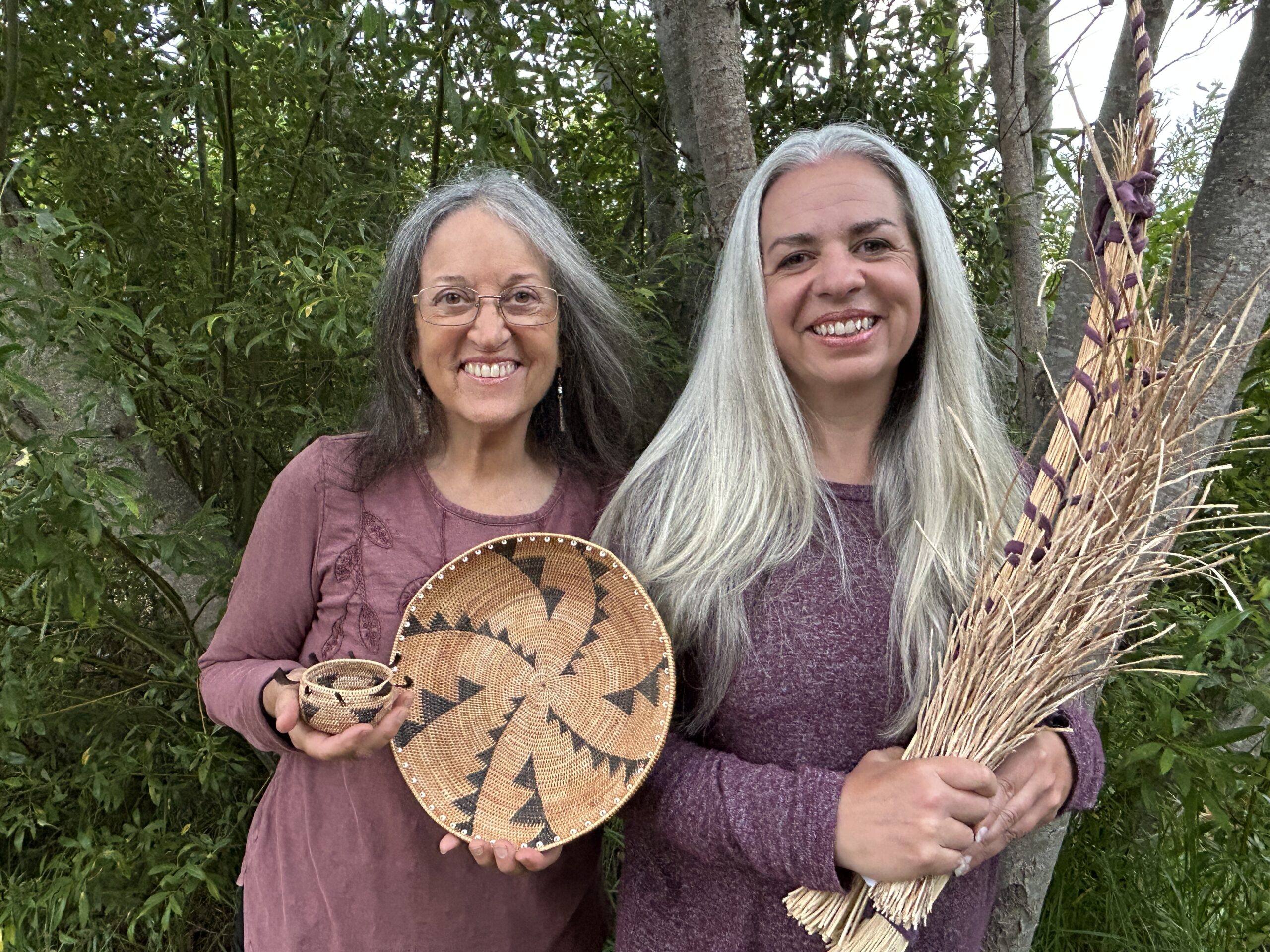
Learn about the 2023 Apprenticeship Cohort
The 2023 Apprenticeship Program cohort of 48 artists (24 pairs) represents California’s breadth of cultural diversity and intergenerational learning.
Timeline
Application Period
The Apprenticeship application typically opens annually in the late winter /early spring and closes late spring. Specific dates are announced on our website once application is open. Subscribe to our monthly newsletter for the most up to date info.
Review Period
ACTA staff review submitted applications for eligibility in the spring and summer. Eligible applications go forward to an external review panel early summer. Applications recommended for funding are approved by ACTA’s Board in the summer.
Notification
All applicants will be notified if they received the Apprenticeship by July.
Hard Copy (Paper) Application
Please first consider applying online via Submittable. If you need technical assistance, please reach out to Program Manager, Aliah Najmabadi by phone (310) 210-7963 or email at aliah@actaonline.org.
If you feel more comfortable applying by mail with a downloadable print application, please email Aliah to request a hard copy application.
Resources
Funders
The Apprenticeship Program of the Alliance for California Traditional Arts (ACTA) is generously supported by the National Endowment for the Arts, the William and Flora Hewlett Foundation, and the Walter & Elise Haas Fund, with additional support from the Maxwell/ Hanrahan Foundation, and ArtPlace San Joaquin Valley.


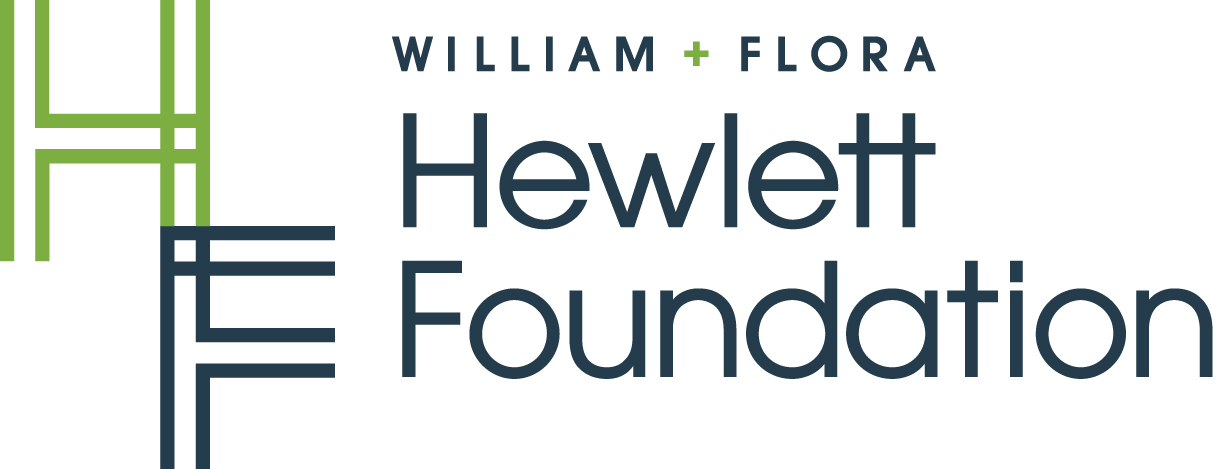


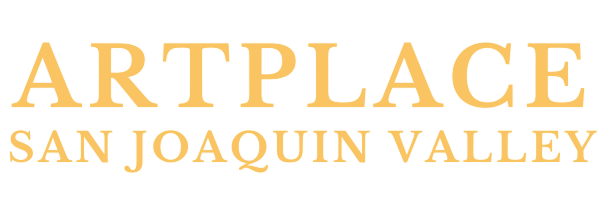

 L to R: Mentor artist Abbos Kosimov worked with apprentice Tara Pandeya in Uzbek doira, covering multiple rhythms and deepening their collaboration as drummer and dancer. Sacramento, 2009; Apprentice Panuncio Gutiérrez with a recently finished Danza de los Apaches mask and mentor artist Luis Morales Ortiz holding a recently finished diablo mask. San Diego, 2016.
L to R: Mentor artist Abbos Kosimov worked with apprentice Tara Pandeya in Uzbek doira, covering multiple rhythms and deepening their collaboration as drummer and dancer. Sacramento, 2009; Apprentice Panuncio Gutiérrez with a recently finished Danza de los Apaches mask and mentor artist Luis Morales Ortiz holding a recently finished diablo mask. San Diego, 2016.